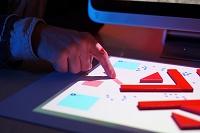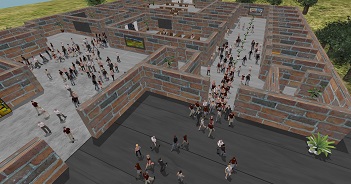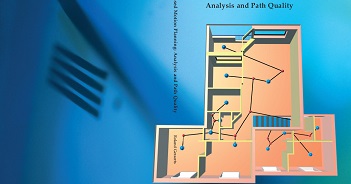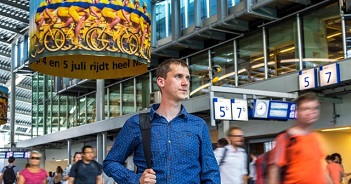Abstract
In this position paper, we claim that immersive technologies, such as Augmented and Virtual Reality, are well-suited interfaces for the usage of crowd simulation software in different contexts. We introduce three use cases; planning, awareness creation, and education. Based on an overview of different Augmented and Virtual Reality approaches, we identify the ones most suitable for each of the three scenarios and illustrate related implementations. Initial observations with their usage confirm our statements, but also highlight areas to explore with future research.
Reference
-
Wolfgang Hürst and Roland Geraerts. Augmented and Virtual Reality Interfaces for Crowd Simulation Software - A Position Statement for Research on Use-Case-Dependent Interaction. Will appear in IEEE VR 2019, 23-27 March 2019 (Osaka, Japan).






